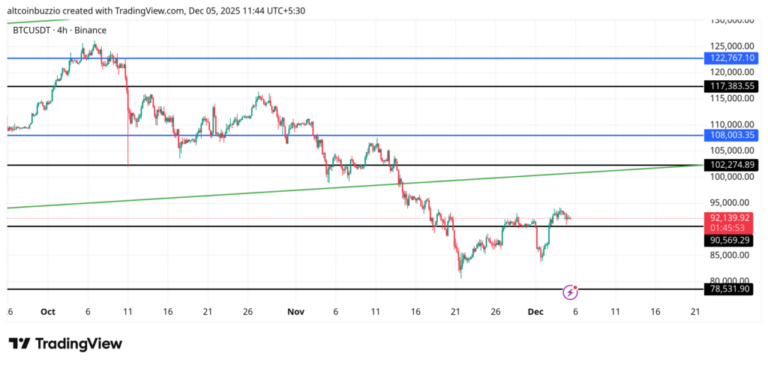In a detailed post, he explained the inner workings of GKR, a protocol powering many ultra-fast proving systems in crypto and AI.
These systems are capable of verifying massive computations, like Poseidon hashes or neural network inference, with surprising efficiency. So, understanding GKR provides insight into why certain blockchain projects can process data so quickly and at scale.
What Makes GKR So Fast
At its core, GKR is designed for computations that are “big” in two ways. They involve multiple layers of processing and apply the same function to many inputs. This pattern appears in both blockchain and AI. For instance, proving a set of Poseidon hashes or running an inference across a large language model can be structured this way. Traditional methods require committing to every intermediate step of a computation, which is slow and resource-heavy. GKR avoids this by only committing to inputs and outputs.
This approach reduces the computational burden significantly. Vitalik explains that while traditional STARK proofs for Poseidon hashes carry roughly 100 times the overhead, GKR can bring it down to about 15 times. In real-world terms, this means a consumer-grade laptop or a modest GPU array can handle performing millions of computations simultaneously. One striking example is a system proving two million Poseidon hashes per second on consumer hardware, showcasing just how practical these efficiencies are.
Real-World Applications and Trends
Beyond speed, GKR is highly versatile. Any computation that follows the “batch and layers” structure—where each layer can be represented as a simple polynomial—can leverage it. This includes AI inference, financial simulations, and cryptographic validation. Recent trends in zero-knowledge proofs show a growing interest in combining GKR with ZK-SNARKs or ZK-STARKs to add privacy to these highly efficient proofs. The combination allows developers to maintain security and trust without sacrificing speed.
Investors should note that this technology could impact DeFi, blockchain scaling solutions, and even AI-powered crypto applications. Faster proofs mean quicker transaction validation, lower costs, and the ability to handle more complex contracts in real-time. Projects adopting GKR-based techniques may gain a competitive edge in performance and scalability.
Looking Ahead
GKR is more than a technical curiosity. It is a foundational tool that underpins the next wave of blockchain and AI efficiency. For anyone interested in crypto innovation, understanding protocols like GKR offers a glimpse into why some networks are faster and more scalable than others.



